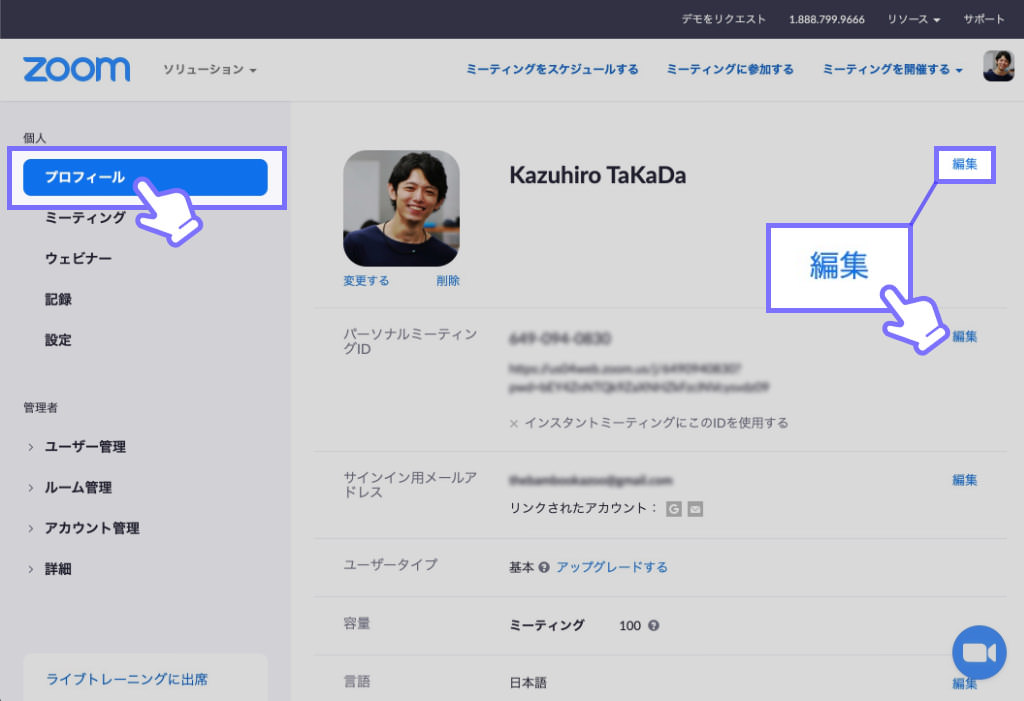

The elevation of the marker is driven using this menu.

This object will be displayed using a marker style and label style. In the “add crossings” dialog box, we can see the name of the object that was selected. Using this tool, we can display crossing feature lines, survey figures, 3D poly lines, alignments, and profiles.

For right now, I’m just going to grab this edge of pavement feature line, and I’ll press “enter”. I’ll do that by selecting the profile view, and then I’ll expand the launch pad and I’ll choose “add crossings to profile view”.Īt this point, Civil 3D is asking me to select objects. To display these items in the profile view, I’ll add them as crossings. It might also be helpful to show the location of the existing edge of pavement that I will be tying into. When designing the finished grade profile for Tartans Drive, it would be very helpful if I could see the Willow Lane crossing and finished grade profile, to ensure my Tartans Drive profile matches the elevation at the intersection. If I back up and pan over, we can see that I have pulled a surface profile for the Tartans Drive alignment. We’ll assume that these 3D elements were collected by a surveyor. If I zoom out and pan the drawing over to the west, we can see that the subdivision connects to an existing road, and the geometry of this road is defined by feature lines. Note that Willow Lane also has a defined finished grade profile. Over here is another proposed roadway center line alignment called “Willow Lane”. Here is a proposed roadway center line alignment called “Tartans Drive”. Right here, I’ve got an existing ground surface called “EG”. I’m going to zoom in, and we’ll do a quick tour. On my screen is a drawing that represents a portion of a proposed subdivision design. Now, using Civil 3D 2019.2, it is much easier to dynamically view and label crossing elements within a profile view. Historically, displaying and annotating profile crossings was challenging. If a proposed design intersects 3D linear elements, it can be very helpful to see those crossings within a profile view.


 0 kommentar(er)
0 kommentar(er)
